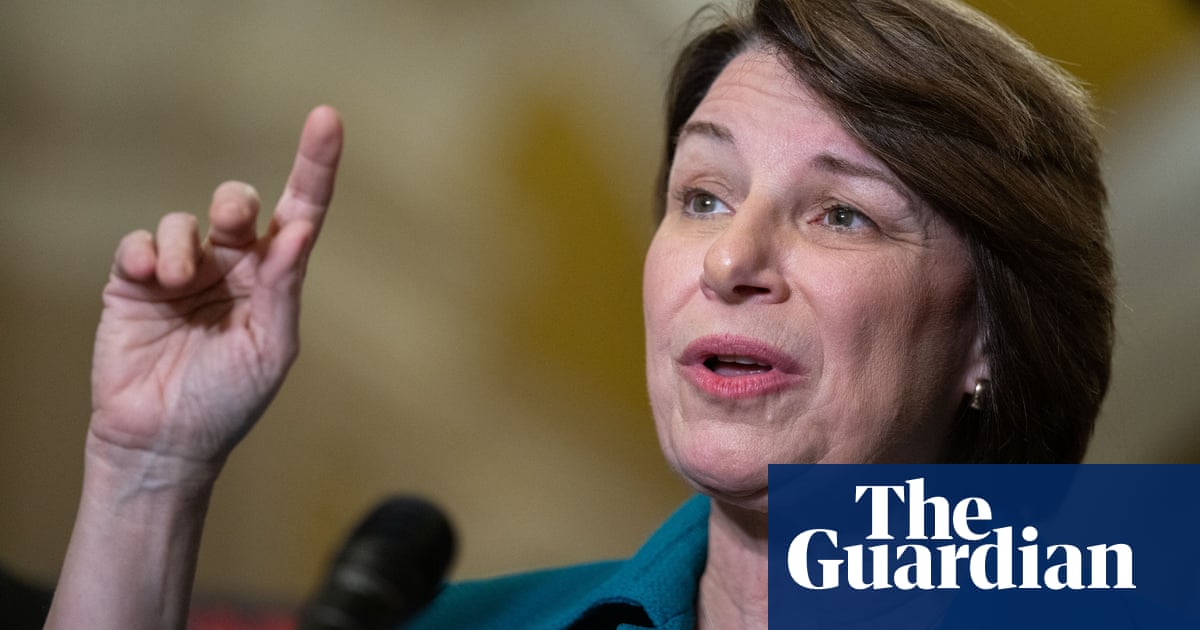Canada needs to prepare for the effects of the ‘Mar-a-Lago Accord’

Open this photo in gallery: U.S. President Donald Trump steps off Air Force One upon arrival at Palm Beach International Airport in West Palm Beach, Fla., on the way to his Mar-a-Lago resort, on April 3.MANDEL NGAN/AFP/Getty Images Christopher Collins has worked in strategy for several large Canadian financial institutions, including Sun Life Financial and the Bank of Montreal. Rebecca Patterson is an economist and senior fellow at the Council on Foreign Relations. In the midst of a hard-fought federal election and major turbulence in global financial markets, a set of unorthodox policy ideas from the United States creates an additional layer of risk for Canada: the so-called Mar-a-Lago Accord. Named after Donald Trump’s Florida estate, the Mar-a-Lago Accord comprises a complicated set of economic plans and “concepts of plans” from the President’s advisors. The end goal of these ideas – strengthening American manufacturing – could reshape the global economic order by imposing tariffs, weakening the U.S. dollar while keeping it globally dominant, restructuring American government debt, and tying economic concessions to geopolitical loyalty. These ideas started getting broad attention through a research note published late last year by Stephen Miran, now chair of the White House’s Council of Economic Advisors. They are being taken increasingly seriously as the President implements other unexpected policies, and he and his officials highlight that longer-term policy goals may necessitate short-term economic pain. Against this rapidly evolving backdrop, it is important for Canadians to understand the potential consequences of these policy ideas, in order to navigate the uncertain times ahead. Tariffs are a major component of the Mar-a-Lago Accord. And for Canada, whose economy is tethered to the U.S. – its largest trading partner – the stakes are high. As the Bank of Canada recently wrote, new U.S. tariffs would be “highly disruptive” across many facets of the Canadian economy, affecting employment, GDP, inflation, exchange rates, consumer spending and more. And beyond Canada, U.S. tariffs on countries around the world would lower overall global economic activity, which would in turn decrease demand for Canada’s exports. Financial markets, too, face disruption. One idea contained in the Mar-a-Lago Accord is to encourage foreign countries with significant holdings of U.S. debt to purchase much longer-term U.S. Treasury bonds, potentially with little or no interest. While unlikely, realization of this policy would be a major shock to global finance, negatively affecting the value of the U.S. dollar. Canadian investors with significant holdings of U.S. debt or unhedged currency exposure could see portfolio values sink if the greenback falters. Further, a depreciated U.S. dollar might also boost inflation south of the border, raising costs for U.S. goods and services imported to Canada and fuelling inflation here. Beyond tariffs and markets, a major focus of the Mar-a-Lago Accord that could affect Canada is the linkage of trade “sticks” with defence “carrots.” As Mr. Miran has written, “national security and trade are joined at the hip.” The Trump administration sees the U.S. security umbrella as something foreign countries should pay for in some way. That’s where the trade aspects come in: according to the logic of Mar-a-Lago, countries that want to continue benefitting from U.S. protection should take steps to help U.S. businesses, including reducing local subsidies, agreeing not to retaliate against U.S. tariffs, joining the U.S. in trade restrictions against China, or pledging major investments in the U.S. This explicit linkage of economic and security matters poses major challenges for Canada. Exacerbating this vulnerability is Canada’s diminished contributions to defence and national security, which has led to relative isolation vis-à-vis global allies. In March, Mark Carney announced that the next government would negotiate a new trade and security arrangement with the Trump administration, which could redefine Canada’s role as an American ally, forcing the government to balance sovereignty, military and economic imperatives, and strategic necessity. His call for a “new relationship” with the U.S. acknowledges a hard truth: Canada’s old playbook of quiet diplomacy and incremental trade wins may not suffice in a Mar-a-Lago world. Moving ahead, Canada could consider leveraging its natural resources, which are vital to U.S. supply chains, in trade and security discussions. Ottawa should also work with likeminded global peers to further strengthen Canada’s hand and ensure that it’s not isolated in talks with the U.S. Canadian businesses will also need to adapt. Exporters should continue to explore European and Asian markets to reduce reliance on the U.S., including through overseas trade missions. But smaller firms, which are less able to pivot, may need government support to weather tariff shocks or currency swings. Canadian investors should consider diversifying and hedging against U.S. dollar exposure, while also battening down the hatches for a period of elevated market volatility. The Mar-a-Lago Accord remains merely a concept – it’s not guaranteed to become reality, or to even be feasible. Given other policy surprises in recent months, however, Canadians must understand what could unfold and what responses should be considered.


















